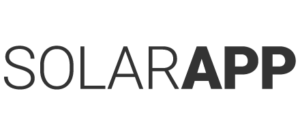Also of interest
Get started yourself
With SolarApp, you get your SolarReport – for free. This is how you do it.
9. June 2020/by adminAesthetic construction
Aesthetic and modern building envelopes generate electricity. The design possibilities are astounding.
19. June 2020/by adminThe most important solar systems
The right system for every application – here is an overview.
9. June 2020/by adminPerfect investment properties
Solar energy systems are proving to be ideal investments. This is how you find the best ones.
19. June 2020/by admin

